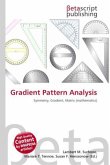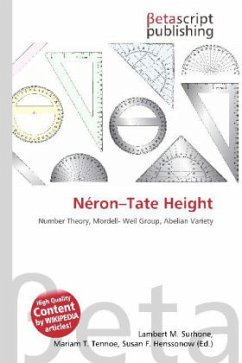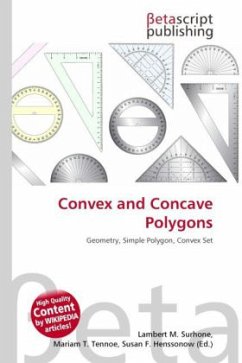High Quality Content by WIKIPEDIA articles! The Peaucellier Lipkin linkage (or Peaucellier Lipkin cell), invented in 1864, was the first planar linkage capable of transforming rotary motion into perfect straight-line motion, and vice versa. It is named after Charles-Nicolas Peaucellier (1832 1913), a French army officer, and Yom Tov Lipman Lipkin, a Lithuanian Jew and son of the famed Rabbi Israel Salanter. Until this invention, no planar method existed of producing straight motion without reference guideways, making the linkage especially important as a machine component and for manufacturing. In particular, a piston head needs to keep a good seal with the shaft in order to retain the driving (or driven) medium. The Peaucellier linkage was important in the development of the steam engine.
Bitte wählen Sie Ihr Anliegen aus.
Rechnungen
Retourenschein anfordern
Bestellstatus
Storno








